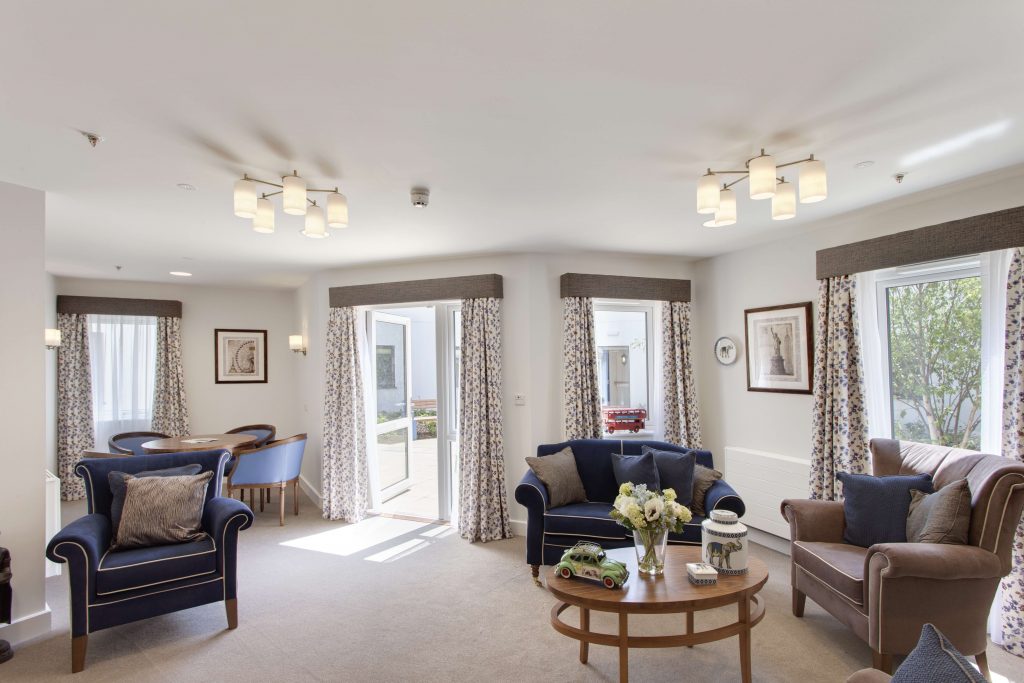This year, 225,000 people will develop dementia – that’s one person every three minutes – and 70 per cent of people in care homes have dementia or severe memory problems.
There are 850,000 people with dementia in the UK, with numbers set to rise to over 1 million by 2025. This will soar to 2 million by 2051, according to the Alzheimer’s Society.
Despite the prevalence of the issue, a recent report raised serious questions over how prepared we are for the needs of the ageing population. And other research suggests dementia patients are subject to a care postcode lottery ; a further study published yesterday (World Alzheimer’s Day) showed there is no reduction in the use of antipsychotic drugs in dementia care, despite government guidance.
Encouraging dementia-friendly design is an important part of the debate and some of the innovative developments in this area are a welcome contrast to the lack of progress elsewhere.
Care and support charity the Abbeyfield Society has unveiled a £9m new development, Abbeyfield Winnersh, in Berkshire. Early images give one an idea of how design can be used to support people with dementia. Granted, the images look a bit eerie on account of the noticeably absent people, but they at least offer a glimpse of what the new developments in dementia design can offer.

Each of the 60 residents in Abbeyfield Winnersh will have their own ‘window’ next to their front door (pictured above) – effectively a memory box with instantly recognisable, personal items to help them identify their own door.

All bedrooms – all leading onto an outdoor space – are arranged in six, circular clusters of 10 ‘households’ aiming to offer a more homely, community feel.

The furniture and furnishings have been chosen to reduce anxiety with, says Abbeyfield “calming colours and textures chosen to stimulate the senses and promote reminiscent memories”.

Facilities for family and friends include a playground for young children, above.
Involving the friends and relatives of care home residents in the life of a care home is a crucial and not often acknowledged issue in dementia support. As a previous post on this blog by Kate Murray stresses, the importance of helping children understand and be aware of dementia cannot be underestimated.
